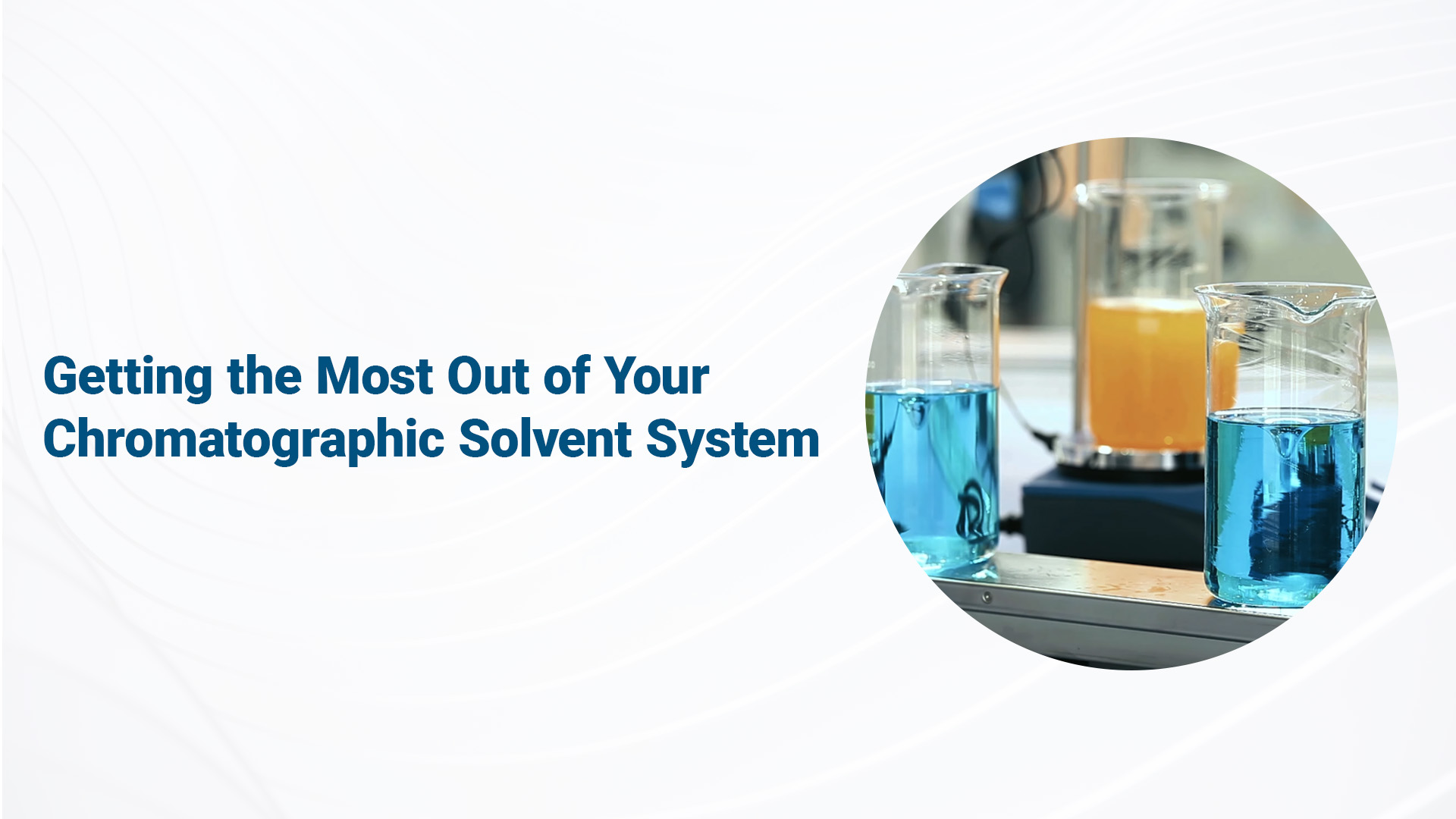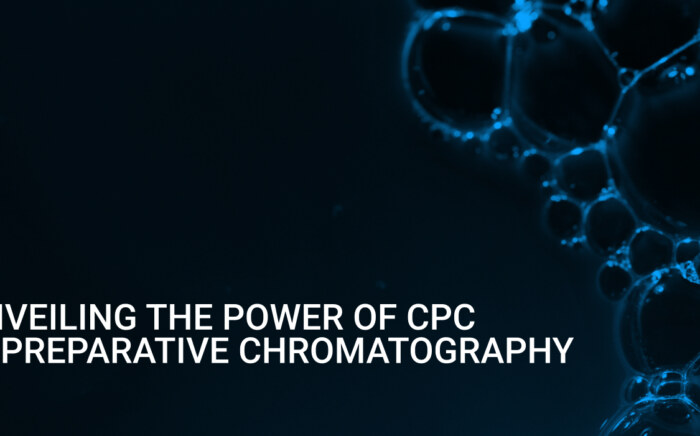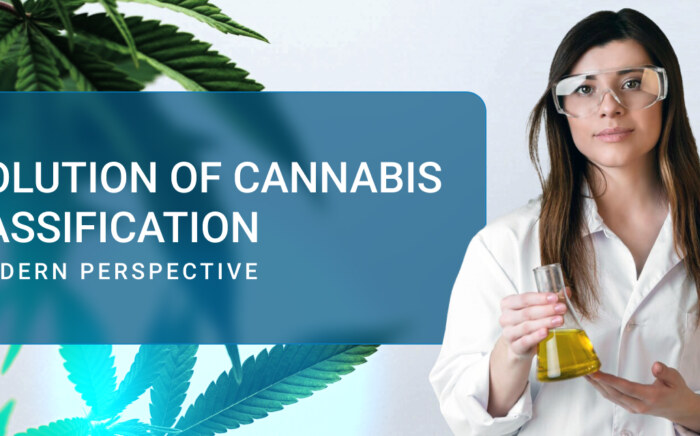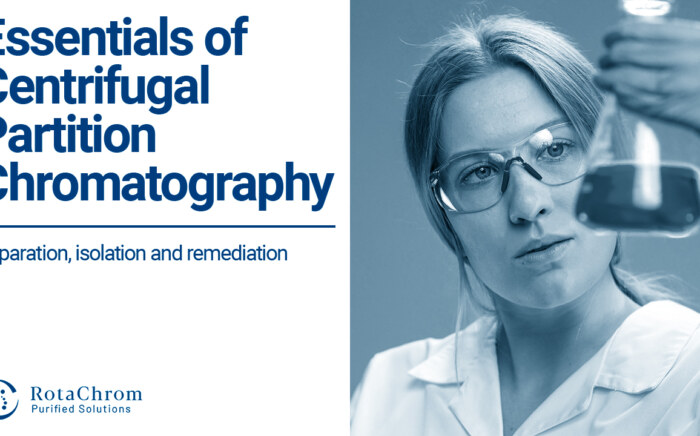Advancing Separation Science: CPC Device Installation and Its Impact
NewsCentrifugal Partition Chromatography (CPC) is indeed a promising alternative to traditional chromatography methods, particularly in addressing sustainability concerns. Here’s an overview of why traditional chromatography is seen as unsustainable and how CPC offers a greener approach:
High Solvent Consumption in Traditional Chromatography: Traditional chromatography often involves solid supports like silica gel columns, which require significant amounts of solvents to elute compounds from the solid phase.
High solvent consumption raises environmental and economic concerns, especially when using organic solvents that may be hazardous or require energy-intensive methods for recovery or disposal.
Waste Generation from Solid Supports: Traditional chromatography generates solid waste due to the use of packed columns with materials like silica gel.
Disposal of spent silica gel and other solid supports poses challenges in waste management and environmental impact.
Limited Range of Available Solvents: Traditional chromatography typically relies on a limited set of solvents suitable for use with solid supports like silica gel.
This limitation restricts the choice of solvent systems and can hinder optimization for specific separations.
CPC as a Sustainable Alternative: CPC operates as a liquid-liquid chromatography technique, eliminating the need for solid supports like silica gel.
This key distinction drastically reduces solvent consumption and minimizes solid waste associated with packed columns, aligning with sustainability goals.
Moreover, CPC offers a broader range of available solvents, including greener and more sustainable options, enhancing its environmental profile.
Efficient solvent recycling is a cornerstone of sustainable separation processes in chromatography, particularly in techniques like centrifugal partition chromatography (CPC).
Getting the Most Out of Solvent Systems
Membrane Filtration: Combining countercurrent chromatography with organic solvent nanofiltration (OSN) proved cost-effective for purifying APIs with a molecular weight of approximately 600 Da.
Achieved high efficiency (more than 99%) with filter membranes, underlining the value of optimizing CCC mass-efficiency.
Highlighted the need for membrane development with 100% removal efficiency to minimize API losses (observed 2.3% total API loss).
Dialysis: Implemented to isolate separated phenolic compounds and recycle ATPS phases in a CPC run.
Showed potential to significantly reduce the carbon footprint (up to 36%) compared to CPC runs without dialysis.
Ultrafiltration: Demonstrated substantial solvent recovery results in CPC processes.
Enabled isolation of product and unreacted protein with high recovery rates (88–100%) and nearly 100% purity before recycling the PEG-rich ATPS for consecutive purification runs.
Significantly reduced the carbon footprint (up to 67%) compared to processes without ultrafiltration.
Density-Based Recirculation: Investigated an innovative method involving continuous in-line solvent recycling and density-based ternary solvent system readjustment.
Automated system for preparing and readjusting the solvent system based on density measurements, enhancing CPC cycles.
Recovered over 90% of MIBK and acetone content for recycling and reuse after 153 cycles, yielding crude steroid API with an average purity of 98.74%.
These studies collectively emphasize the potential of these recycling techniques to enhance the sustainability of CPC processes by reducing solvent consumption, minimizing waste, and maximizing the reuse of solvents, contributing to greener and more efficient chromatographic separations.



